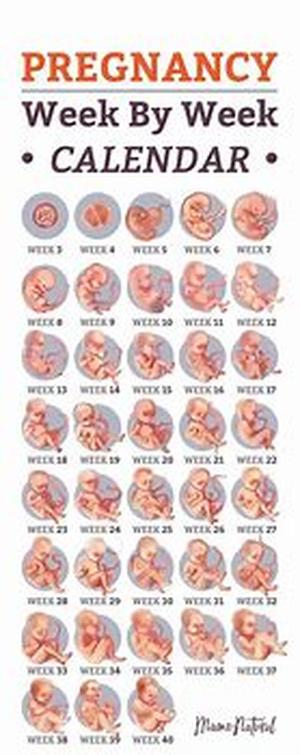
Repetitive Transcranial Magnetic Stimulation, Or Simply RTMS For Depression, Is One Of The Newest Technology Developed For The Treatment Of Depression. It Is A Type Of Non Invasive Technique That Uses A Powerful Electro Magnet Placed On The Scalp Of A Person With Depression. The Magnetic Impulses From The RTMS For Depression Machine Are Said To Alter Brain Activity Enough To Enable The Treatment Of Some Of The Symptoms Of Depression. RTMS For Depression Was Initially Developed As A Diagnostic Tool For Mapping Brain Function, Not Unlike An ECT Machine. However, Lately RTMS For Depression Has Shown Much Promise As A Treatment For A Variety Of Complex Neuropyschiatric Conditions, Including Major Depression.How It WorksIn The Treatment Of Depression Through RTMS For Depression Technique, The RTMS Machine Induces An Electromagnetic Current In The Underlying Cortical Neurons. This Specific Target Is What Helps Explain The Many Therapeutic Effects Of RTMS For Depression. Often, The Frequencies And Intensities Of The Electromagnetic Current Are Varied In Order To Increase Or Decrease Excitability In The Cortical Area Accordingly. Recently, There Have Been Several Studies Conducted That Combined RTMS For Depression And Neuroimaging Techniques, Such As Magnetic Resonance Imaging, In Order To Achieve More Positive Results. The Studies Showed That The Effects Of RTMS For Depression Are Not Only Limited To The Cortex But Also Spread To Other Subcortical Structures That Are Functionally Related To The Cortex. This Finding Provides A Basis For Using RTMS For Depression, As Well As Other Pathologic Neural Activities That May Underlie Neuropsychiatric Illness.Right Now, RTMS For Depression Is Still Experimental And Actual Clinical Use Requires More Research.Clinical StudiesMany Of The Earlier Studies Of RTMS For Depression Have Also Reported Improvements In Conditions, Such As Mania, Post Traumatic Stress Disorder (PTSD), Parkinsons Disease, And Obsessive Compulsive Disorder. Out Of All These Illnesses, However, Major Depression Has Been The Most Extensively Studied. The Reason May Be Because Substantial Evidence Suggests That During Clinical Depression, The Left Prefrontal Cortex Becomes Less Active. Moreover, The Prefrontal Area Of The Cortex Is Also Easily Accessible To RTMS For Depression.One Semi-blinded Study Involving 15 Patients, The Subjects Were Divided Into A Placebo Group And Two Treatment Groups, Receiving Either High Or Low Frequency RTMS For Depression. Conducted By Kolbinger And Colleagues, The Study Used The Hamilton Depression Rating Scale (HDRS) And Its Results Indicate No Change In The Placebo Group And A Reduction Of Symptoms In The Treatment Groups. The Change In The Treatment Groups However Did Not Reach Statistical Significance.Since Then, Several Studies Have Also Been Conducted On The Effectivity Of RTMS For Depression As A Treatment Tool, With Varied Results. However, Until Additional Convincing Evidence Has Been Deduced From Clinical Studies, RTMS Remains An Experimental Treatment Approach.





